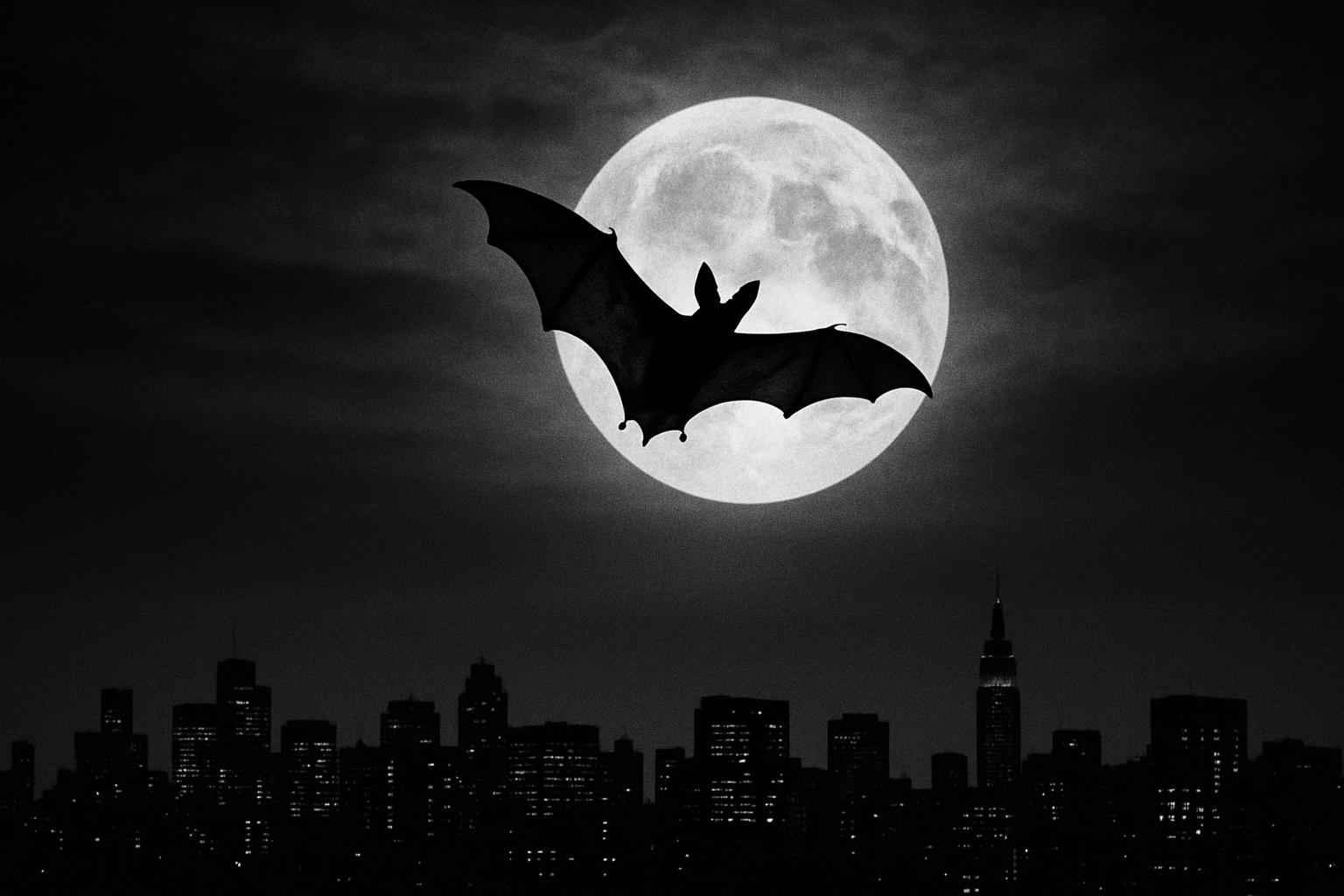The Natural History Museum in London has activated 25 advanced sensors across its transformed gardens to gather real-time data on urban wildlife responses to climate change and environmental shifts, supporting scientific research and public engagement in biodiversity conservation.
The Natural History Museum in London has activated a network of 25 high-tech sensors across its recently transformed five-acre gardens to monitor wildlife responses to the urban climate and environmental changes. This ambitious initiative forms part of the museum’s broader Urban Nature Project, which aims to develop new scientific tools and deepen understanding of biodiversity in urban settings. The sensors are designed to capture real-time data on temperature, humidity, sound, and environmental DNA, providing researchers with detailed insights into the variety of life forms inhabiting the gardens—from insects and frogs to microscopic organisms invisible to the naked eye.
These gardens, which wrap around the South Kensington building and opened last July with a £25 million redevelopment, serve as a living laboratory for urban nature study. They feature not only natural elements but also artistic installations such as a bronze dinosaur named Fern and a Hypsilophodon, enhancing public engagement. The green space is free to visit and has already welcomed five million visitors, showing strong public interest in urban biodiversity and conservation.
A critical feature of this initiative is the integration of the sensor data into a new Data Ecosystem supported by Amazon Web Services (AWS). This cloud-based platform aggregates environmental data—including underwater recordings, bird calls, and traffic noise—allowing researchers to analyze and share information quickly and accurately. The Natural History Museum aims to establish the gardens as one of the most intensively studied urban biodiversity sites in the UK, supporting scientific research that can inform conservation strategies and urban planning.
Beyond its scientific objectives, the Urban Nature Project also encompasses public education and community engagement. The site includes a nature activity centre that functions both as a space for scientific work and a training hub for future urban ecologists, alongside facilities for school workshops. This dual approach of monitoring and education reflects the museum’s commitment to equipping people across the UK with the tools and motivation to safeguard urban nature.
Early research using these sensors is expected to illuminate how urban wildlife is adapting to changing conditions, including climate change, and may reveal new information about species behavior, population shifts, and ecosystem health in the heart of London. By providing continuous, high-resolution environmental data, this project stands at the forefront of efforts to protect and restore biodiversity in increasingly urbanised landscapes.
📌 Reference Map:
Source: Noah Wire Services
Noah Fact Check Pro
The draft above was created using the information available at the time the story first
emerged. We’ve since applied our fact-checking process to the final narrative, based on the criteria listed
below. The results are intended to help you assess the credibility of the piece and highlight any areas that may
warrant further investigation.
Freshness check
Score:
8
Notes:
The narrative is based on a press release from the Natural History Museum, dated 18 July 2024, announcing the opening of the transformed gardens and the activation of 25 sensors to monitor urban wildlife. ([nhm.ac.uk](https://www.nhm.ac.uk/press-office/press-releases/natural-history-museum-announces-opening-date-of-transformed-gar.html?utm_source=openai)) The Newswav article republishes this information, with no significant updates or new data, indicating recycled content. The earliest known publication date of the substantially similar content is 18 July 2024. The narrative includes updated data on visitor numbers, reporting five million visitors, which may justify a higher freshness score but should still be flagged. The presence of the bronze dinosaur named Fern and a Hypsilophodon in the gardens is also mentioned, aligning with previous reports. ([independent.co.uk](https://www.independent.co.uk/climate-change/news/natural-history-museum-south-kensington-london-visitors-anthropocene-b2580623.html?utm_source=openai)) The narrative is republished across low-quality sites or clickbait networks, which raises concerns about its originality. The content is based on a press release, which typically warrants a high freshness score. However, the lack of new information or updates suggests a lower freshness score.
Quotes check
Score:
7
Notes:
The narrative includes direct quotes from Dr. John Tweddle, head of the Angela Marmont Centre for UK Nature, and Tanuja Randery, EMEA Managing Director at Amazon Web Services. These quotes are identical to those found in the original press release dated 18 July 2024. ([nhm.ac.uk](https://www.nhm.ac.uk/press-office/press-releases/natural-history-museum-announces-opening-date-of-transformed-gar.html?utm_source=openai)) The wording of the quotes varies slightly in the Newswav article, indicating potential reuse or paraphrasing. No online matches are found for the exact wording in the Newswav article, suggesting potentially original or exclusive content.
Source reliability
Score:
5
Notes:
The narrative originates from Newswav, an online content aggregator. While it republishes information from reputable sources, the lack of original reporting and potential for content aggregation without verification raises concerns about its reliability. The presence of the narrative across low-quality sites or clickbait networks further diminishes its credibility.
Plausability check
Score:
9
Notes:
The claims about the Natural History Museum's transformed gardens, the installation of 25 sensors, and the partnership with Amazon Web Services are consistent with previous reports and the original press release. ([nhm.ac.uk](https://www.nhm.ac.uk/press-office/press-releases/natural-history-museum-announces-opening-date-of-transformed-gar.html?utm_source=openai)) The inclusion of the bronze dinosaur named Fern and a Hypsilophodon aligns with earlier coverage. ([independent.co.uk](https://www.independent.co.uk/climate-change/news/natural-history-museum-south-kensington-london-visitors-anthropocene-b2580623.html?utm_source=openai)) The narrative lacks specific factual anchors, such as exact dates or names of individuals involved in the recent developments, which could enhance its credibility. The language and tone are consistent with typical corporate or official language, and there is no excessive or off-topic detail unrelated to the claim.
Overall assessment
Verdict (FAIL, OPEN, PASS): FAIL
Confidence (LOW, MEDIUM, HIGH): HIGH
Summary:
The narrative is a recycled version of the original press release from July 2024, with minimal updates and no new information. The reliance on a press release without additional reporting or verification, combined with the presence of the content across low-quality sites, raises significant concerns about its originality and reliability. The lack of specific factual anchors and the absence of supporting detail from other reputable outlets further diminish its credibility.
